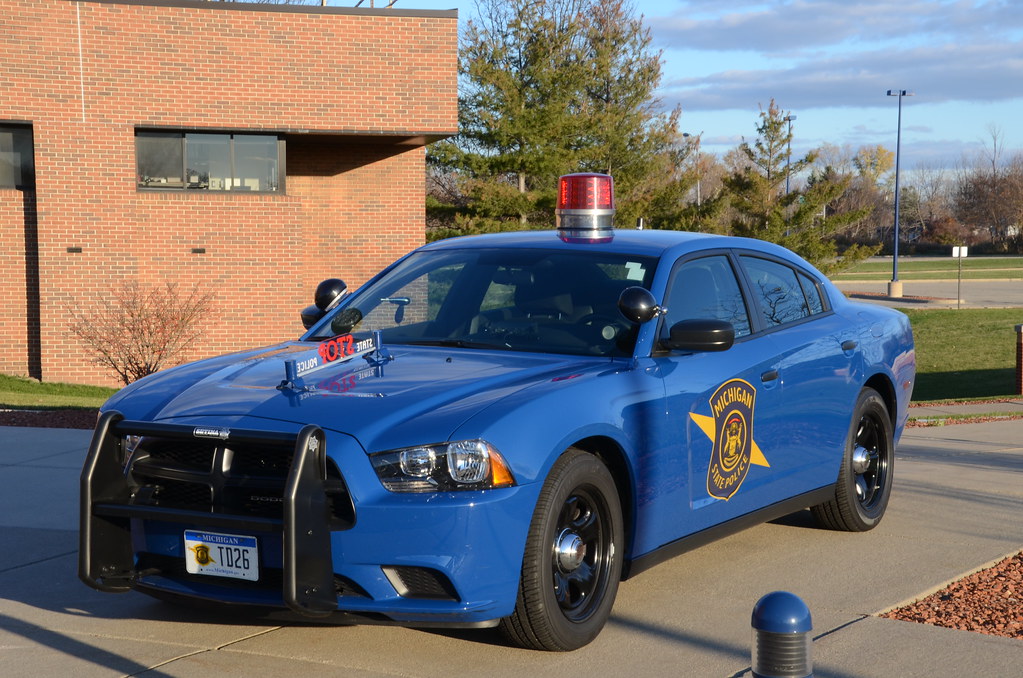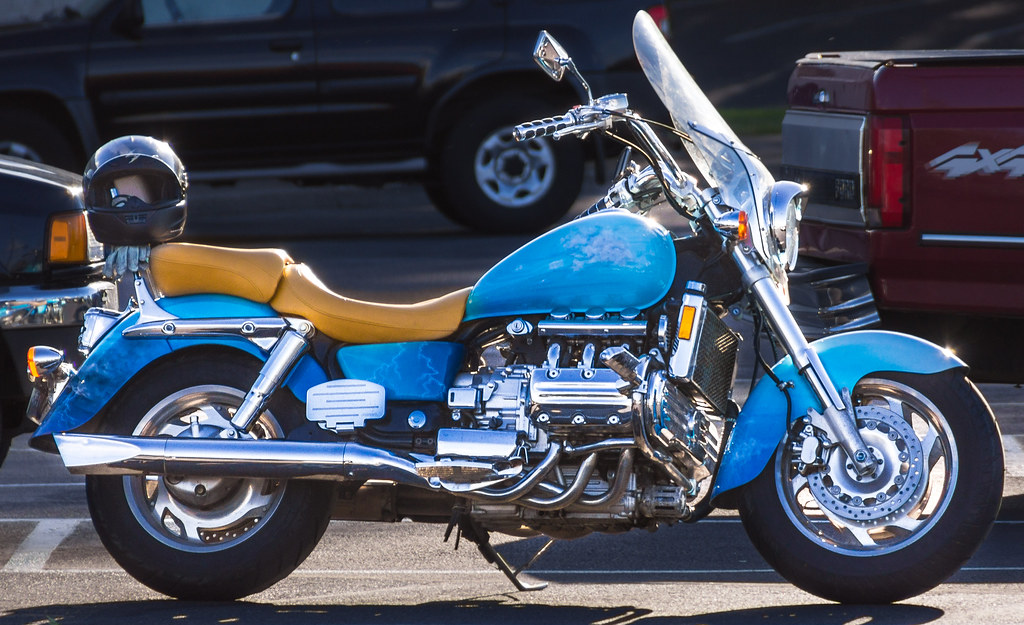When it comes to motorcycle safety, the helmet is arguably the most critical piece of gear a rider can invest in. It’s the primary line of defense in the unfortunate event of an accident, protecting one of the most vital parts of the body – the brain. With the introduction of the new ECE 22.06 standard, riders are faced with a dilemma: should they trust a helmet from a lesser-known brand that meets these rigorous new requirements? This question is particularly pertinent for those on a budget, where the cost of gear can be a significant consideration.
The ECE 22.06 standard is the latest set of regulations from the United Nations Economic Commission for Europe, which is tasked with setting safety standards for motorcycle helmets among other vehicle safety regulations. It’s worth noting that the ECE is not an EU organization but part of the United Nations, which means its standards are internationally recognized and not affected by political changes such as Brexit.
What is ECE 22.06 and why does it matter
The new standard brings a host of improvements over the previous ECE 22.05 regulations, which had been in place for two decades. Technology has advanced significantly since then, and the updated standard reflects these changes. For instance, the new testing procedures under ECE 22.06 involve a wider range of impact speeds and angles, as well as different anvil shapes to simulate real-world scenarios more accurately. This means that helmets will be tested not just for direct impacts but also for how they perform when hit at various points and angles, providing a more comprehensive safety profile.
Additionally, the new regulations introduce measures to prevent brain injuries caused by rotational acceleration during an impact. This is a critical development, as research has shown that the twisting motion from a glancing blow can cause significant brain damage without any visible external trauma. The updated tests will allow helmets to fall under specified angles and speeds onto an anvil at a 45-degree angle, with new sensors inside the helmet measuring the rotational forces involved.
Another significant change is the requirement for modular helmets to be tested with the chin-bar both raised and lowered. This ensures that riders who opt for the convenience of a modular helmet don’t compromise on safety. Visors, too, will undergo more stringent testing to ensure they don’t shatter upon impact, and sun shields must be easily removable. Accessories sold with helmets will be tested to ensure they don’t adversely affect the helmet’s safety performance.
Reflective stickers, which have been included by some manufacturers for a while, will now become a standard requirement, ensuring that helmets provide maximum visibility in low-light conditions. This is a simple yet effective way to enhance rider safety.
Can a rider trust a helmet from an unknown brand meeting these standards
Given these comprehensive updates, it’s clear that any helmet meeting the ECE 22.06 standard is built to provide robust protection. This brings us back to the initial question: should a rider trust a helmet from an unknown brand that meets these standards? The answer isn’t straightforward. While the ECE 22.06 certification is a strong indicator of safety, brand reputation also plays a role in consumer trust. Known brands like Arai, Shoei, and Schuberth have a long history of delivering quality and have built up a loyal following as a result. They also offer additional comfort features, better materials, and often a more refined fit and finish.
However, for riders on a budget, these premium helmets can be prohibitively expensive, especially when considering the high markup in certain regions outside the US and Europe. In such cases, a helmet from a lesser-known brand that meets the ECE 22.06 standard could be a viable alternative. It’s essential, though, to ensure that the helmet fits correctly and feels comfortable, as these factors are crucial for safety and cannot be compromised.

While the ECE 22.06 standard is a rigorous benchmark for helmet safety, the decision to trust a helmet from an unknown brand ultimately comes down to personal preference and budget constraints. Riders should weigh the certification against other factors such as fit, comfort, and brand reputation. As long as the helmet meets the safety standards and fits well, it should provide the necessary protection on the road. The key is to make an informed decision, understanding that while a brand name can be reassuring, it’s the certification that ultimately speaks to the helmet’s ability to protect.
Exploring brand recognition versus safety certification is complex
On one hand, we have the allure of well-established brands that have been outfitting riders for years, and on the other, the promise of safety as guaranteed by the stringent ECE 22.06 standard, regardless of the brand’s market fame.
The crux of the discussion lies in the trust and assurance that comes with a known brand. Brands like Arai, Shoei, and Schuberth have not only stood the test of time but have also cultivated a reputation for quality and reliability. They are the titans of the helmet world, and their names carry a certain cachet that often translates into a sense of security for the buyer. This is not just about the helmet itself but the entire experience, including customer service, warranty, and the peace of mind that comes from knowing that the product has been through rigorous R&D and quality control processes.
However, the introduction of the ECE 22.06 standard has leveled the playing field in terms of safety. Helmets that meet this standard have undergone extensive testing for impact absorption, visor durability, and even the prevention of brain injuries due to rotational forces. This means that, theoretically, a helmet from a lesser-known brand that passes the ECE 22.06 standard should offer protection comparable to that of the big-name brands.
For riders on a budget, the decision becomes even more complex. The high markup on known brands in certain regions can make them unattainable, pushing budget-conscious riders to consider ‘no name’ options. The question then is not just about safety, but also about value for money. If a helmet meets the latest safety standards and fits well, isn’t that the most critical consideration?
It’s important to note that while safety is paramount, comfort and fit are also essential aspects of a helmet’s effectiveness. A poorly fitting helmet can be dangerous, regardless of its safety certifications. Therefore, it’s crucial for riders to ensure that any helmet they consider, regardless of brand, fits snugly and comfortably.
Another factor to consider is the resale value and longevity of the helmet. Known brands often have better resale value and are perceived to last longer, although this perception may not always align with reality. It’s also worth mentioning that advancements in materials and manufacturing processes have allowed lesser-known brands to produce quality helmets at competitive prices.
The conversation around ‘no name’ helmets is not just about the product but also about challenging the stigma associated with lesser-known brands. It’s about encouraging riders to look beyond the label and assess the helmet based on its merits, as defined by the ECE 22.06 standard. It’s about empowering riders to make informed choices that balance safety, affordability, and personal preference.
While brand recognition carries weight, it should not be the sole determinant of a helmet’s worthiness. The ECE 22.06 standard provides a rigorous framework for helmet safety, and helmets that meet this standard deserve consideration. Riders should not dismiss ‘no name’ helmets outright but should instead evaluate them on a case-by-case basis, taking into account fit, comfort, and safety features. Ultimately, the decision to trust a helmet should be based on informed judgment and personal needs, rather than brand prestige alone.
We prepare for the journey ahead, keep in mind that the helmet’s main purpose is to provide protection, and as long as it meets the strict standards of ECE 22.06, it serves as a shield between the rider and the road, regardless of its brand. Ultimately, selecting a helmet is a personal voyage, one that should be approached with caution, understanding, and a hint of practicality.
Related posts:
ECE 22.06 Helmet Guide





